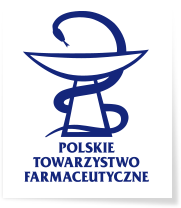Ewa Chabielska, Andrzej Karp
Leki trombolityczne - teraźniejszość i przyszłość
2007-01-01
Thrombolytic drugs - the present and the future. Cardiovascular diseases, such as an acute myocardial infarction, a stroke and a venous thromboembolism, are the major causes of death or disability in the adult population. The immediate underlying etiology in these conditions is often a thrombolytic obstruction of critically situated blood vessels, causing a loss of blood flow to vital organs. Acute thromboembolic disease may be treated by the administration of thrombolytic agents that activate the conversion of plasminogen to plasmin-serine protease that hydrolyzes fibrin and, thus, dissolves thrombus. Elucidation of the molecular mechanism of physiological fibrinolysis has opened up a new era of fibrin-specific thrombolysis. Newly developed thrombolytic agents (third-generation agents) are either conjugates of plasminogen activators with monoclonal antibodies against fibrin or platelets, mutants, variants, and hybrids of alteplase or new molecules of animal (vampire bat) or bacterial (Staphylococcus aureus) origin. A new recombinant proteins which combine in one molecule fibrin-specific properties of plasminogen activation with antithrombin and antiplatelet activities are constructed. These new drugs may lengthen the drugís half-life, increase resistance to plasma inhibitors or cause more selective binding to fibrin. All currently used agents have significant shortcomings, mainly limited fibrin-specificity and significant associated bleeding tendency and reocclusion.

